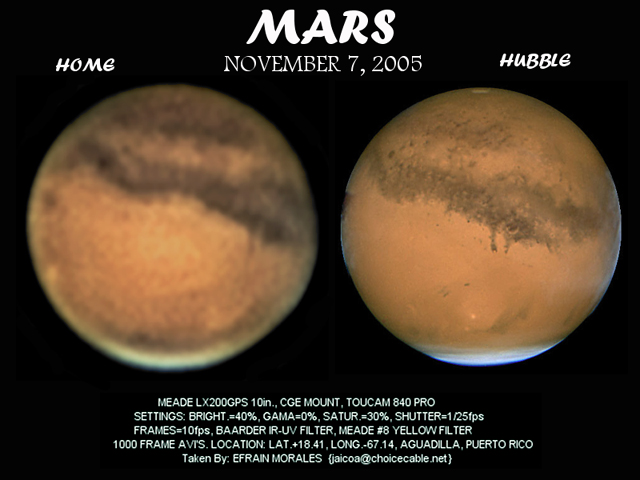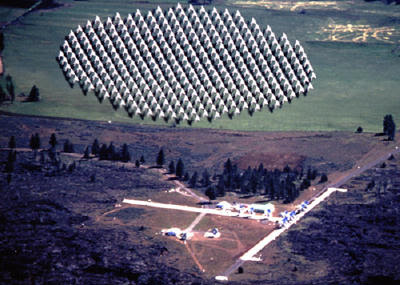DeletedUser
To clarify, distance itself is not a factor. It is the space between point A and point B that is the factor. The more space between, the larger the 'possibility' there are particles to block the light particles and influences to distort the light waves. However, possibility does not translate into a corresponding variable associated with distance. There are many large areas in space that are almost devoid of particulates, while others are flooded with them.
A simple example would be atmospheric distortion (imposed by our own atmosphere as we attempt to look up into space), which although covering a relatively short distance, poses a tremendous amount of distortion:

Which is why we developed the Hubble telescope, to exit out of the atmosphere, into space, removing altogether the hardship of atmospheric distortion:

Albeit, as I discussed earlier there is still distortion, but methods such as adaptive optics and speckle interferometry (very fast photo captures) presently exists to remove much of the distortion, and no doubt future technologies will go much further to, hopefully, virtually eliminate signal extinction.
But a good example of the tremendous strides already made are shown here with this contrast of a telescope within the Earth's atmosphere vs the Hubble telescope (removed from our atmosphere):

And we're decades, if not centuries away from FTL travel, so there's plenty of time to advance a field (optics) that is already quite busy making tremendous advances.
A simple example would be atmospheric distortion (imposed by our own atmosphere as we attempt to look up into space), which although covering a relatively short distance, poses a tremendous amount of distortion:

Which is why we developed the Hubble telescope, to exit out of the atmosphere, into space, removing altogether the hardship of atmospheric distortion:

Albeit, as I discussed earlier there is still distortion, but methods such as adaptive optics and speckle interferometry (very fast photo captures) presently exists to remove much of the distortion, and no doubt future technologies will go much further to, hopefully, virtually eliminate signal extinction.
But a good example of the tremendous strides already made are shown here with this contrast of a telescope within the Earth's atmosphere vs the Hubble telescope (removed from our atmosphere):

And we're decades, if not centuries away from FTL travel, so there's plenty of time to advance a field (optics) that is already quite busy making tremendous advances.








